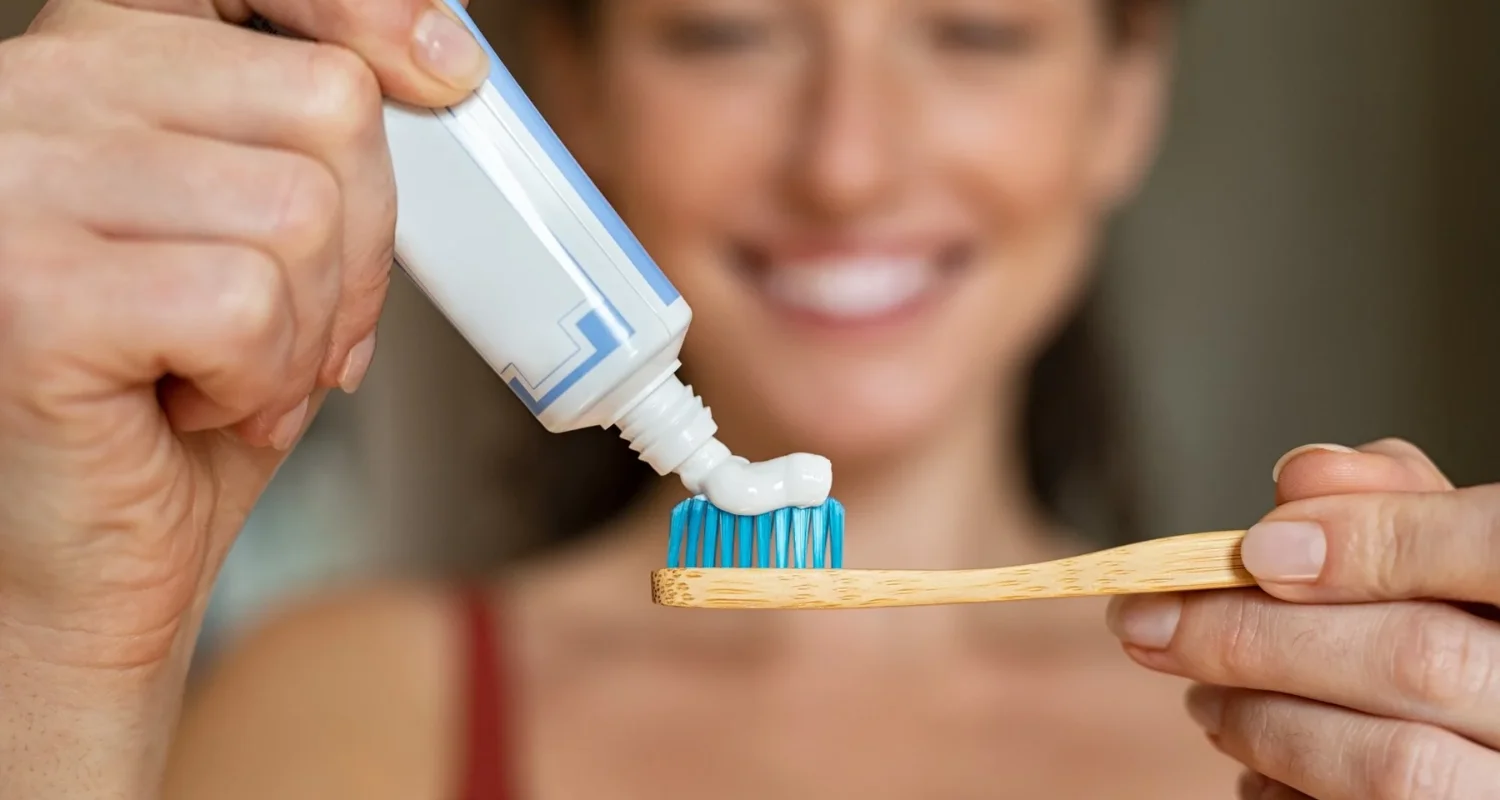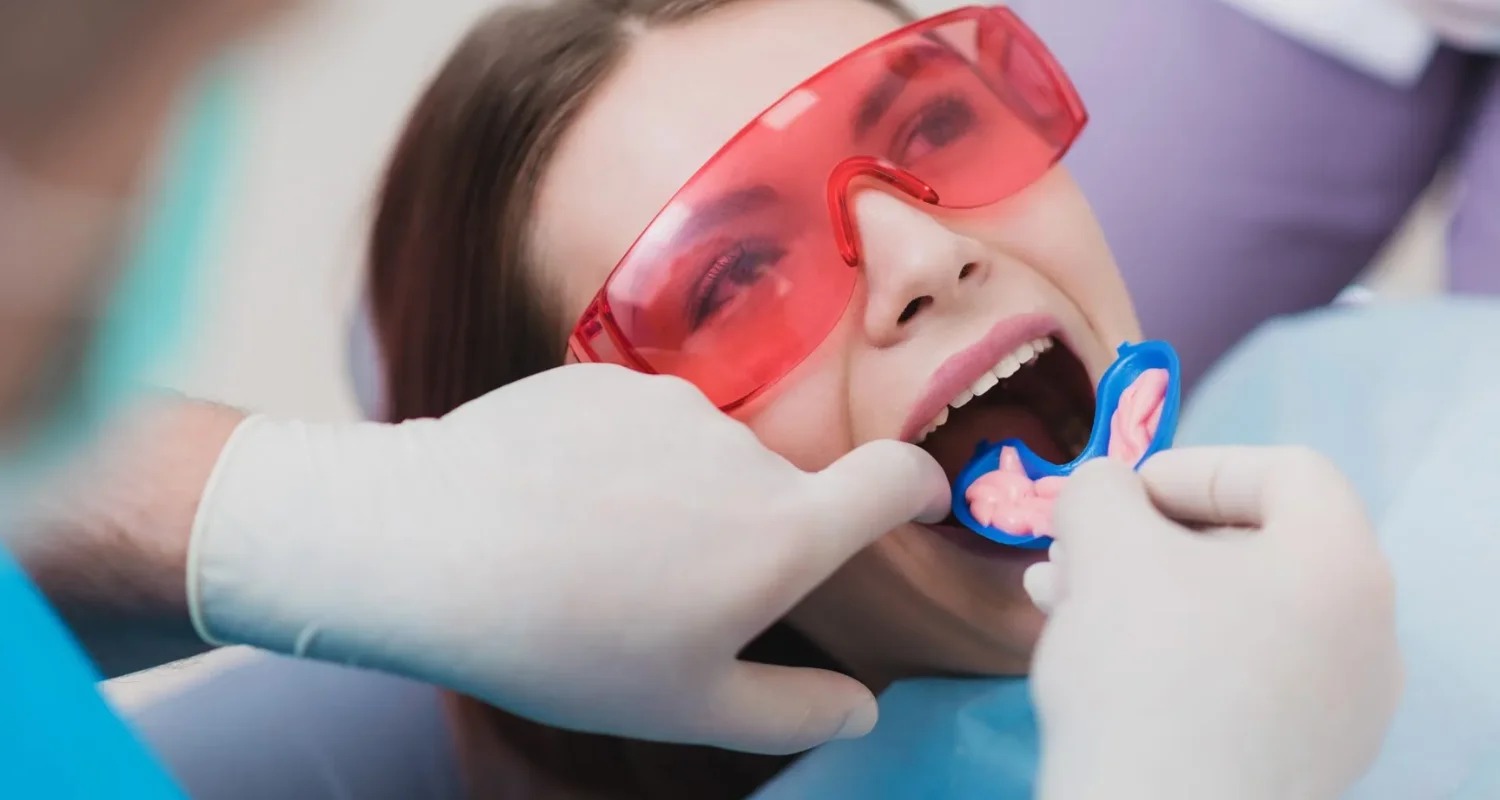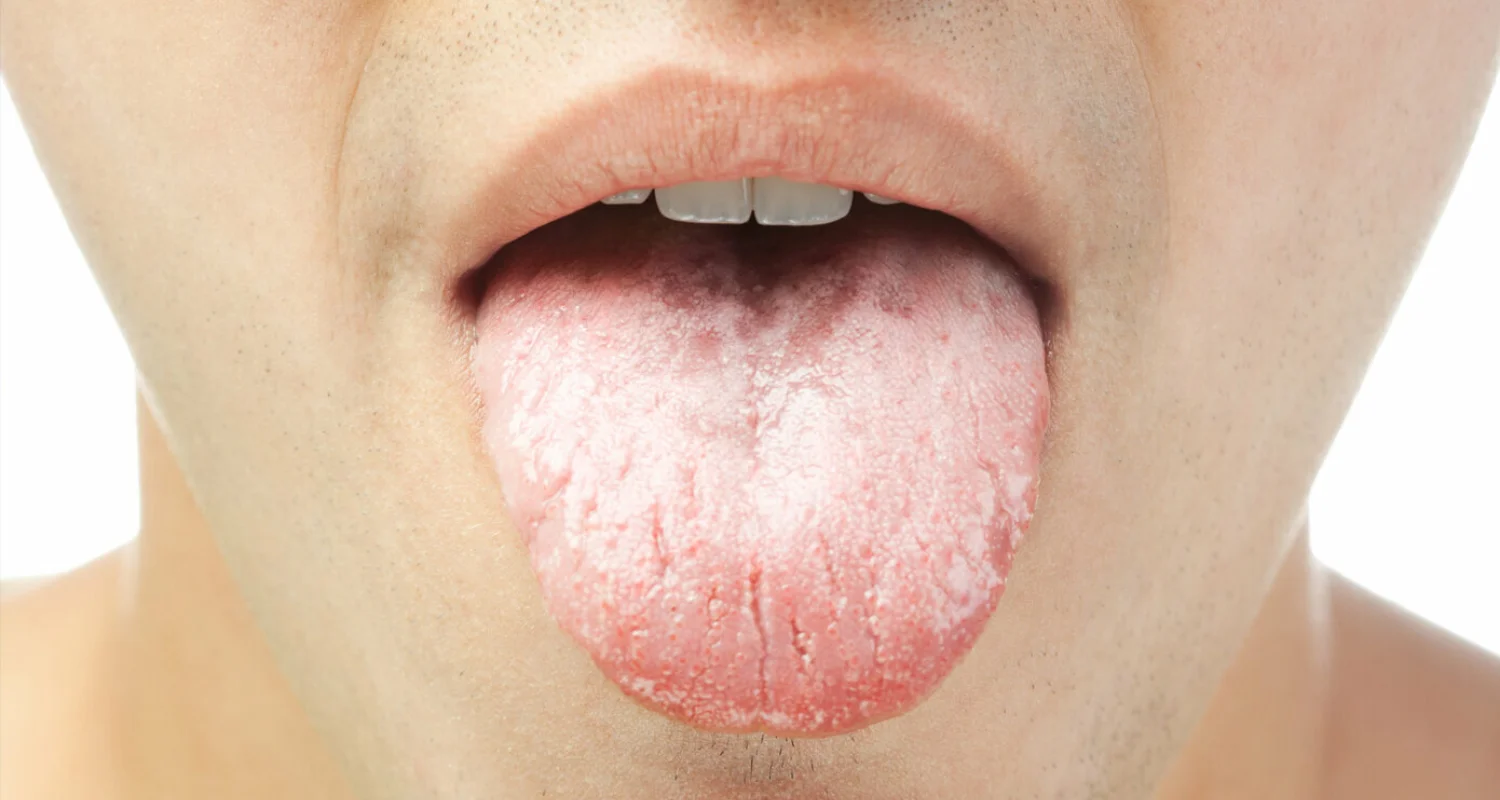Last Updated on: 13th December 2025, 07:04 am
Preserving your teeth and reducing cavities depends upon two key factors: your dental hygiene habits and preferred toothpaste. While regular brushing and flossing are essential, fluoride-free toothpaste could play a crucial role in oral health.
Toothpaste contains various active ingredients, including water, abrasives, detergents, and fluoride. Fluoride, typically available in the form of sodium fluoride, can also be found as stannous fluoride or sodium monofluorophosphate. When shopping for toothpaste, you’ll find options with and without this mineral. This article will explore the pros and cons of fluoride-free toothpastes, who should consider using it and how it compares to fluoride-based options.
What is fluoride?
Fluoride is a naturally occurring mineral found in bones and teeth. It is sourced from various plants, soil, and water bodies such as lakes, rivers, and oceans. Of note, fluoride is often added to public water supplies via water fluoridation techniques due to its potent antibacterial properties.
Fluoride helps reverse early tooth decay by remineralizing enamel weakened by bacterial activity in the mouth. Additionally, it inhibits glycolysis and has antibacterial properties, especially against cavity-causing bacteria like Streptococcus mutans.
However, excessive fluoride intake can be harmful, leading to conditions like fluorosis or fluoride toxicity, which manifest as white or brown spots on the tooth surface. Fluoride’s effectiveness is mainly post-eruptive, working through topical applications that promote remineralization and prevent demineralization.
How does it work?
As bacteria and sugars produce acids that gradually cause decay, fluoride strengthens the enamel by forming a crystalline structure called fluorapatite. This structure is more resistant to acid and helps prevent demineralization, protecting the enamel from decay.
Even before a baby’s teeth emerge, fluoride consumed through food and beverages strengthens the developing enamel. While the benefits of fluoride are well-established, many people wonder if fluoride-free toothpastes are as effective as those containing fluoride. Keep reading to learn more!
When Should You Use Fluoride-Free Toothpaste?
It is well established that fluoride strengthens teeth and makes them more resistant to cavity causing acids. The reduction in tooth decay during the 20th century is largely credited to the widespread use of fluoride-containing toothpaste.
However, there has been a recent shift away from fluoride-based toothpastes due to the potential drawbacks and the growing popularity of safer, natural alternatives.
Both fluoride-containing and fluoride-free toothpastes have their own significance, with the choice depending upon individual needs. Fluoride-free toothpaste may be suitable for individuals if:
● The patient has a fluoride allergy or has experienced dental fluorosis.
● The fluoride content in the local water supply is sufficient.
● The child has a habit of swallowing toothpaste, increasing the risk of dental fluorosis.
● The child is under 2 years of age.
Note: It is essential to be mindful of the toothpaste you choose. Look for the ADA Seal of Acceptance; it indicates that a product has been tested and proven safe and effective. According to the ADA, only toothpastes containing fluoride are awarded this label, so if you’re considering fluoride-free alternatives, be careful to check out the label.
Benefits of fluoride-free toothpaste
Similar to its fluoride-containing counterpart, fluoride-free toothpaste offers several important benefits. Some of these include:
● Freshens breath: The ingredients in fluoride-free toothpaste can help create a fresher feeling in the mouth.
● Cleans teeth effectively: These toothpaste formulas are designed to physically clean the teeth by removing plaque and other buildups.
● Whitens teeth: Fluoride-free toothpastes often contain components that can help brighten and whiten the teeth.
● Fights Bacteria: Ingredients such as xylitol, essential oils, and calcium phosphate work to target and reduce bacteria in the mouth, contributing to improved oral health.
The downside of using Fluoride- free toothpaste
Fluoride is an essential mineral for maintaining good oral health, as discussed. However, using toothpastes without fluoride can come with several drawbacks, including:
● Lack of protection against cavities and tooth decay.
● Reduced ability to strengthen teeth.
● Absence of benefits for enamel remineralization.
● No contribution to overall gum health.
● Increased likelihood of plaque buildup.
Is it safe to use fluoride-free toothpaste?
Fluoride-free toothpaste is just as safe, or even safer than fluoridated varieties. However, while it may be a suitable alternative for some individuals, it might not be the best choice for optimal oral health. For those at a higher risk of tooth decay or cavities, fluoride toothpaste is generally the safest option. Consult your nearest oral healthcare professional for more details.
When to avoid fluoride-free toothpaste?
Most people use fluoride-based toothpastes, particularly if they are prone to cavities. Fluoride is essential for maintaining oral health under the following conditions:
● Having a dry mouth (xerostomia).
● Undergoing radiation therapy.
● Managing systemic or chronic illnesses.
● Being elderly, especially if brushing effectiveness is reduced.
What to look for in fluoride-free toothpastes?
Given the importance of fluoride for oral health, fluoride-free toothpastes should contain key ingredients to compensate for its absence. Essential components include:
● Xylitol: A natural sugar that helps prevent cavities.
● Erythritol: Slows bacterial growth and reduces the acid produced by bacteria.
● Hydroxyapatite: Supports remineralization of teeth.
● Essential oils: Tea tree oil offers antibacterial properties, while coconut oil helps reduce inflammation and bacteria.
● Calcium carbonate: Acts as an abrasive to remove plaque, debris, and surface stains.
Fluoride-free Toothpaste Options
Here are some fluoride-free toothpastes popular worldwide that are safe to use:
● Tom’s of Maine Fluoride-Free Antiplaque and Whitening Peppermint Toothpaste: Contains xylitol to help prevent cavities and is budget-friendly. Buy Tom’s of Maine Fluoride-Free Toothpaste here.
● Bite’s Tooth Bits: Also contains xylitol and comes in a reusable glass jar. Buy Bite’s Tooth Bits here.
● RiseWell Mineral Toothpaste: Best, cleanest rinsing fluoride-free toothpaste. Buy RiseWell Mineral Toothpaste here.
● Schmidt’s Activated Charcoal with Wondermint: Best charcoal fluoride-free toothpaste.
● Ela Mint Toothpaste: Best fluoride-free toothpaste with nano-hydroxyapatite. Buy Ela Mint Toothpaste here.
Fluoride-containing vs fluoride-free toothpaste: Which to use?
Both fluoride and fluoride-free toothpastes have their pros and cons. There is no definitive answer as to which option is superior. The choice between them depends on the individual. Those who are less prone to cavities and have additional sources of fluoride may benefit more from fluoride-free toothpaste.
However, recently, there has been a trend towards using toothpastes with safer alternatives, like hydroxyapatite, which are as effective as their fluoride-containing counterparts.
Nonetheless, it is crucial to consult your dentist before selecting any toothpaste, whether it contains fluoride or not, to ensure oral health.
Frequently Asked Questions
Is using a natural, fluoride-free toothpaste harmful?
Using a fluoride-free toothpaste isn’t necessarily harmful, but it does miss out on the cavity-fighting benefits that fluoride provides. To compensate, ensure you maintain regular dental check-ups, practice excellent oral hygiene, and consider using fluoridated water.
Should I choose fluoride or fluoride-free toothpaste?
Fluoride toothpaste is generally recommended for its proven ability to prevent cavities. However, it’s best to consult your dentist for advice tailored to your specific dental needs.
Is fluoride-free toothpaste a good choice?
Fluoride-free toothpaste can be a viable option for some individuals, but it is generally less effective at preventing cavities compared to fluoride toothpaste.
Why might someone avoid fluoride toothpaste?
Some may choose to avoid fluoride toothpaste due to allergies, particular dental conditions, or personal preferences. It’s important to consult with a dentist before making any changes to your oral care routine.
Share
References
1. Kasemkhun, P., & Rirattanapong, P. (2021). The Efficacy of Non-fluoridated Toothpastes on Artificial Enamel Caries in Primary Teeth: An In Vitro Study. Journal of International Society of Preventive & Community Dentistry, 11(4), 397–401. https://journals.lww.com/jpcd/fulltext/2021/11040/the_efficacy_of_non_fluoridated_toothpastes_on.7.aspx
2. Corinne O. (Oct, 2019). Should You Be Worried About Fluoride Toothpaste?. Healthline. https://www.healthline.com/health/fluoride-toothpaste#TOC_TITLE_HDR_1
3. Rachel B. (Dec, 2021). Researchers show effectiveness of fluoride-free toothpaste. Medical Xpress. https://medicalxpress.com/news/2021-12-effectiveness-fluoride-free-toothpaste.html#google_vignette
-
Nayibe Cubillos M. [Author]
Pharmaceutical Chemestry |Pharmaceutical Process Management | Pharmaceutical Care | Pharmaceutical Services Audit | Pharmaceutical Services Process Consulting | Content Project Manager | SEO Knowledge | Content Writer | Leadership | Scrum Master
View all posts
A healthcare writer with a solid background in pharmaceutical chemistry and a thorough understanding of Colombian regulatory processes and comprehensive sector management, she has significant experience coordinating and leading multidisciplina...




















